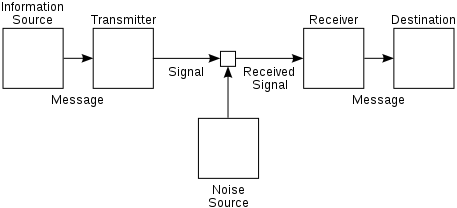How I learned to see (article extract)
Richard Deacon at Tate Britain
5 February 2014
Simon Grant: Claude Shannon’s book The Mathematical Theory of Communication 1949 has influenced your way of thinking. How have his ideas fed into your work?
Richard Deacon:
I do like numbers. I remember learning to count, and the realisation that numbers were generated by rule, rather than being learned by rote, was revelatory: the certain knowledge that, given any number, the rule enabled me to generate the next was a powerful sensation. It was such a pleasure that I would spend long parts of entire days counting out loud, like some kind of speaking clock, in wonderment at the sheer inexhaustibility of numbers.
I do like numbers. I remember learning to count, and the realisation that numbers were generated by rule, rather than being learned by rote, was revelatory: the certain knowledge that, given any number, the rule enabled me to generate the next was a powerful sensation. It was such a pleasure that I would spend long parts of entire days counting out loud, like some kind of speaking clock, in wonderment at the sheer inexhaustibility of numbers.
I took mathematics and physics as A-level subjects and understand how equations formalise relationships, and I am comfortable with there being a connection between those formalisations and the world. As a student I became interested in information theory and came across The Mathematical Theory of Communication with an introduction by Warren Weaver. Shannon was a signals specialist at the Bell Telephone Laboratories, preoccupied with the technical problems associated with the transmission of messages along channels affected by noise or interference. His theory is extraordinarily elegant and powerful, linking ideas about information, entropy and uncertainty with those of channel capacity. Weaver was a social scientist at the Rockefeller Foundation, and his introduction presciently transfers the problems that initially concerned Shannon to the levels of semantics and effectiveness, while emphasising that ‘message’ can be construed as being a function of any communications media.
As I worked through the text, I began to realise that ‘noise’ in a communications channel, whatever the intention of the originator, is something very like the artwork itself, introducing a high level of uncertainty and thus an extraordinary amount of information into the perception or reception of the work. Information is, of course, different from meaning (gibberish has a high information content), but it is the possibility that meaning(s) arrive in the clutter of uncertainties that makes things interesting. The artist is thus a kind of noise maker.

Shannon's diagram of a general communication system


No comments:
Post a Comment